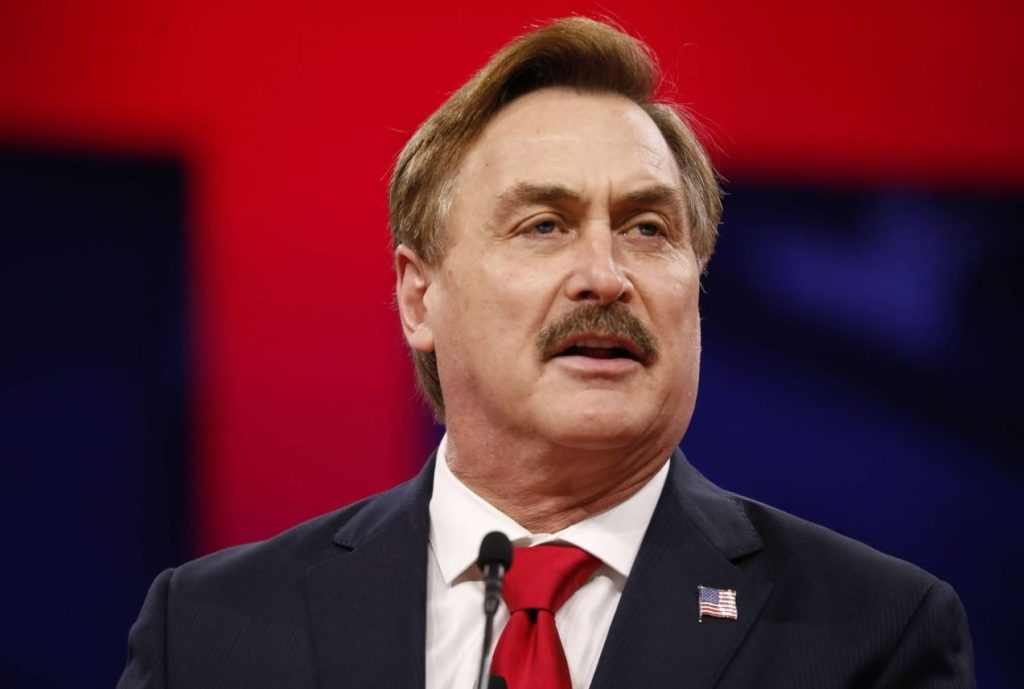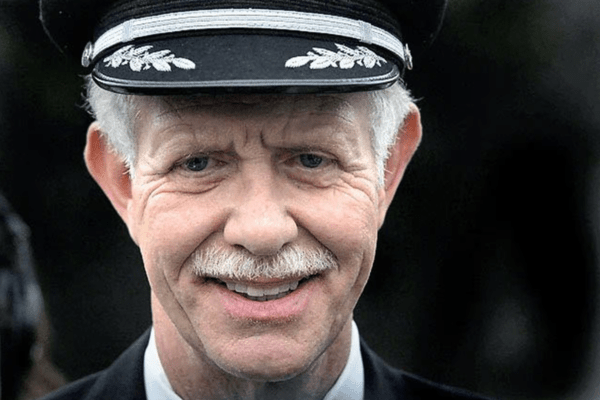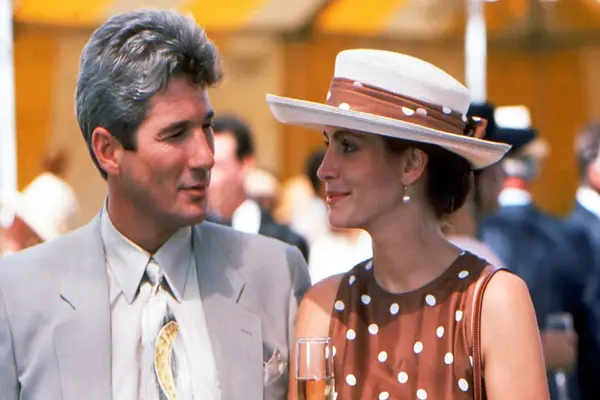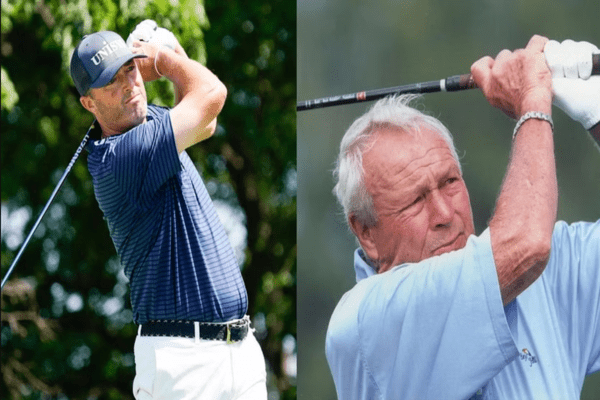A Brief Overview of Charles Bronson’s Life
On November 3, 1921, in the United States of America, Charles Dennis Buchinsky was born to Mary Valinsky and Mary Valinsky.
He is a descendant of both his refugee father and his Lithuanian mother, both of whom he met and fell in love with while they were both living in exile in Lithuania. Out of a total of 14 siblings, he was the oldest.
As a result of growing up in a big family, he was fluent in both Russian and Lithuanian. When he was a young adult, he was only exposed to the English language. After the death of his father, he found work at a coal mine, where he was paid one dollar for every tonne of coal he extracted.
He left his job in the mines and joined the army during World War II. In 1943, he joined the “U.S. Air Force” after being enlisted. He was given the Purple Heart because of wounds he received while serving his country.
After serving in the ‘Second World War,’ he took on several odd jobs before joining a theatre troupe. After briefly living in New York and attending acting school there, he relocated to Hollywood in the early 1950s.
Which famous actor got his surname from a street near the Paramount Studios entrance?
Clearly, that was Charles Bronson.
Early Career of Charles Bronson
The film “You’re in the Navy Now” from 1951, in which he played a nameless sailor, was his first on-screen performance. After that he did other bit parts in movies including “Miss Sadie Thompson,” “Pat and Mike,” and “House of Wax.”
His first television appearance was on the 1952 episode of “Knockout,” hosted by Will Rogers, and he later appeared on “The Red Skelton Show” in 1953. His breakthrough performance came as the Modoc combatant Captain Jack in the film Drum Beat.
His original surname was Buchinsky, but in 1954 he legally changed it to Bronson. For professional reasons, he decided to change his name from its original east European spelling.
Television shows including “Hey, Jeannie!,” “Sheriff of Cochise,” “Biff Baker, USA,” “U.S. Marshal,” “There Was an Old Woman,” “And So Died Riabouchinska,” and others aired in the late 1950s and early 1960s.
He became a household name thanks to his stellar acting abilities, landing recurrent roles on episodes like “Hennessy” and “Have Gun, Will Travel.” Moreover, he had a starring role in the Western drama Colt.45.
His first starring role was in the 1958 film “Machine-Gun Kelly,” directed by Roger Corman.
The next year, he landed the role of “Mike Kovac” on the investigative series “Man with a Camera,” which aired from 1955 through 1960. As a result of the show, he attracted a massive fan base.
Beginning in 1960, he was a regular on several television shows, including Riverboat and The Islanders. However, it was his role as Bernardo O’Reilly in John Sturges’ The Magnificent Seven that brought him to widespread attention. As a result of the movie, he became known as a promising young actor in Hollywood.

Charles Bronson got his moniker from the street that abuts the studio lot at Paramount Pictures.
Three years later, in another picture directed by Sturges, he played the lead. In the epic post-war film ‘The Great Escape,’ he played the role of the fearful Polish immigrant Danny Velinski. To put it simply, this film was a commercial smash.
His foray into television, however, continued with a starring role in a CBS series. From 1963 until 1967, he made guest appearances on several different TV episodes, including “The Legend of Jesse James,” “The Travels of Jaimie McPheeters,” “Empire,” and “Combat!”
Read Also: The Steele Maiden Fashion Travel Lifestyle Based in NYC
Acting Roles That Charles Bronson Has Had Success In
He became known as a “tough guy” thanks to his parts in films like “The Dirty Dozen,” which also starred Ernest Borgnine and Lee Marvin.
He was able to move to Europe and pursue more amazing and fulfilling adventures because to his acting career. The European films “Guns for San Sebastian,” “Once Upon a Time in the West,” and “Cold Sweat” all featured him as a lead actor. In addition to his work on “Rider on the Rain,” he was in a number of short films.
As his stardom grew, so did the demand for more of his work in Hollywood. Once he left in the 1970s, he never set foot in the United States again. His other novels, including “The Mechanic,” “The Valachi Papers,” and “The Stone Killer,” were all favourably regarded.
In 1974, when he released his masterpiece, “Death Wish,” he finally showed signs of optimism. He played New York architect Paul Kersey in this film. After its initial success, four further films were made with him reprising his part as “Kersey” over the next two decades.
Following the success of the first film in the “Death Wish” franchise, a sequel and a third instalment were planned for 1974. Some guy went by the name “Mr. In Majestyk, he was a farmer and combat veteran seeking to prevent a gang war. The movie broke records at the box office.
The following programme he appeared on was Walter Hill’s Hard Times. Even though it was set in the 1930s, the picture was a critical and commercial success. The fact that he was shooting for the role of the hero in a movie only strengthened his position. A lot of his biggest supporters thought it was one of his best performances ever. Explore other resources on Breckyn Willis.





